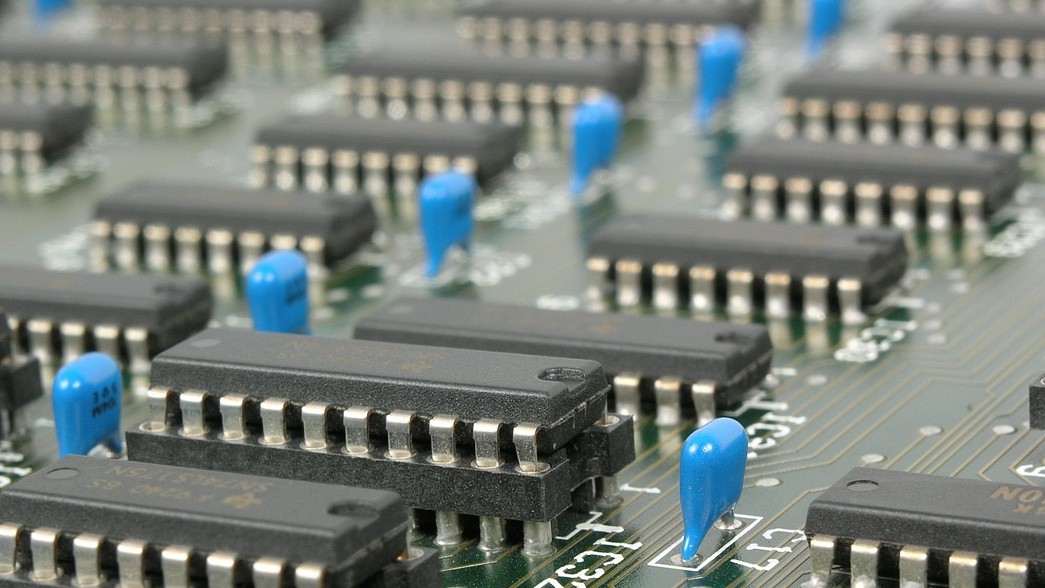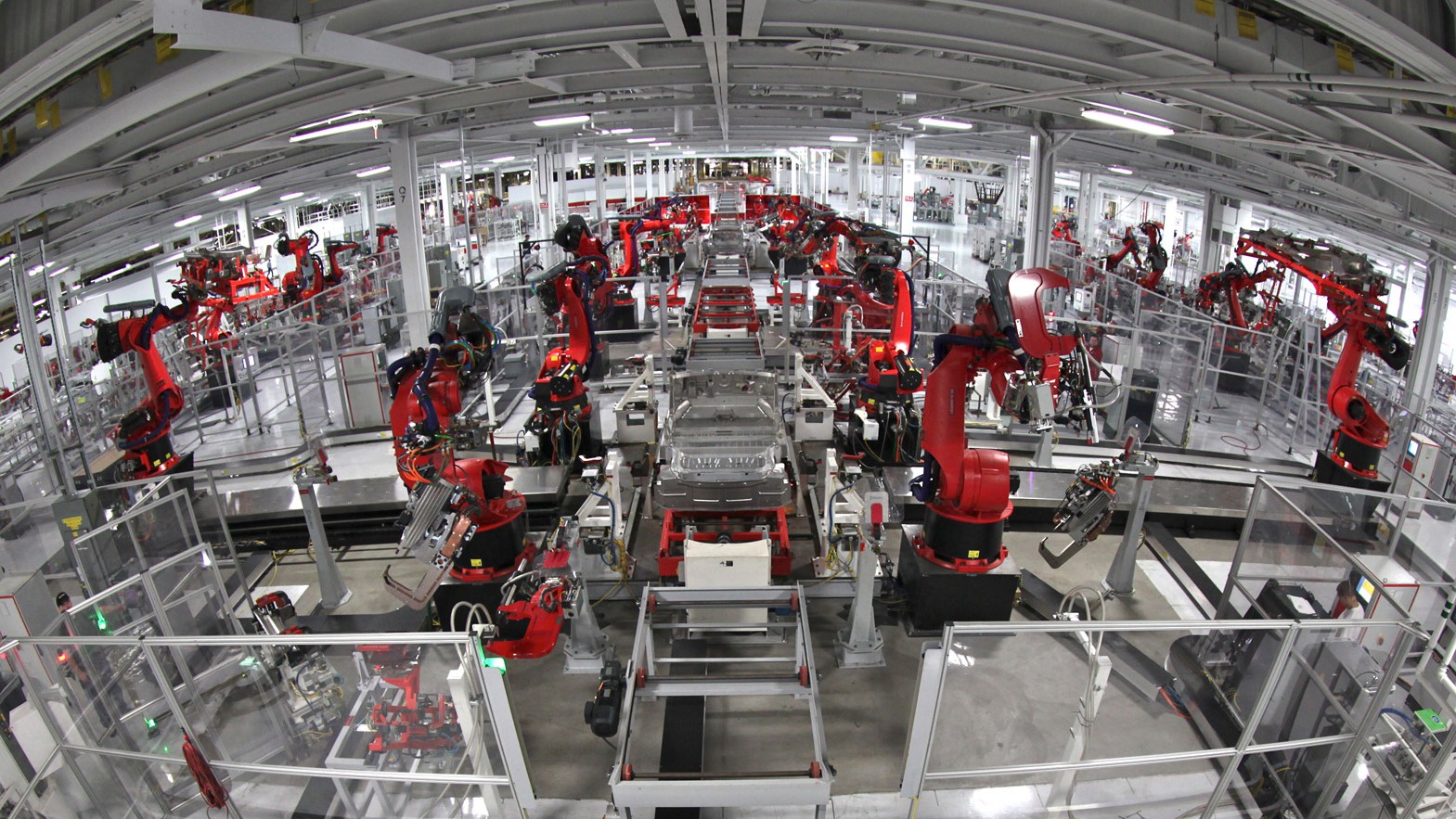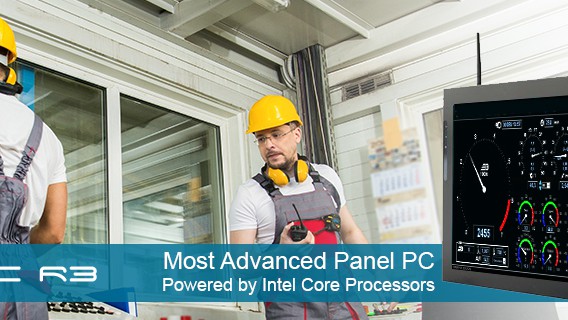The “Internet of Things” has become the hottest buzzword in tech circles. It refers to the practice of physical items outfitted with electronics that allow them to connect to the internet and exchange data with other devices. It can include anything from dishwashers to bicycles, and its effects are in the process of transforming the world..
Nowhere is this more acutely felt than in heavy industry, where warehouses and factory floors are undergoing a sea change thanks to IoT. Industrial computers – and particularly industrial panel PCs – allow IoT to flourish in such environments. In the process, they can streamline the production process, ensure more efficient shipping, and otherwise help a given company improve the bottom line. How do such systems facilitate the IoT and what kinds of qualities should you look for in them if you wish to make use of them in an IoT environment? We cite a few examples below.
Improving Efficiency Becomes Easy with HMI
Article Guide
Automated machinery and assembly-line equipment often use industrial computers to allow human workers to control them via human machine interface (HMI). IoT integration can accentuate that process and permit humans to monitor automated systems much more effectively.
For example, sensors connected to components on an automobile assembly line (or the automated machinery tasked with assembling the cars) can detect elevated temperature, vibrations and similar structural problems that may result in a defective component. It can also detect recurring trends along those lines, suggesting a batch of components with common structural problems or perhaps an issue earlier in the assembly process creating such problems. That, in turn, alerts human operators to the problem and allows them to correct the problem before it causes more damage.
An industrial panel PC allows human monitors to quickly spot the issue through HMI: pinpointing the spot on the line where the problem is occurring and allowing the process to be shut down in order to correct it. That saves untold costs by stopping the problem early, as well as helping to indicate which (if any) assembled products may be affected by the issue.
Predictive Maintenance Saves Time and Money
When it comes to assembly lines and similar industrial apparatus, little problems can turn into big headaches very quickly. A single faulty machine can grind production to a halt while it gets repaired: costing the company huge amounts in lost productivity. Regular maintenance can identify trouble before it starts, but that can take a great deal of man hours, and often involves shutting production down regardless.
IoT can change that equation. The network of sensors that comprise IoT provides an ocean of data that can be analyzed and assessed. Machines can self report scheduled maintenance to operators, making sure that routine checks aren’t overlooked, which can lead to bigger issues down the road. When an IoT machine does breakdown, they can send information that identifies the exact nature of the problem, preventing a small fix from turning into a long and expensive repair issue that can arise from misdiagnosing a problem.
RFID Readers Improve Automation in Warehouses
IoT technology can also be used in warehouses and storerooms as a means facilitating automated management. For example, automated storage and retrieval systems (AS/RS) can sort and organize products for distribution. Sensors are placed along the production like and radio frequency ID tags (RFID) can identify the specific SKU of each box. That, in turn, allows them to be sorted accurately and stacked in the right section.
Controllers can use an industrial touchscreen PC with an RFID reader to keep track of the process, and to make adjustments or changes as needed. For instance, if a new product comes into the warehouse, the SKU for that product can be entered into the system and a storage spot assigned to it. The AS/RS will then automatically adjust the process to ensure that the new product ends up where it’s supposed to go. Not only does this significantly streamline the organization process, but it can help workers quickly identify the location of a given product that might otherwise get lost in the rows and stacks of storage.
Processing Power Matters
Considering the number of interconnected devices and the volume of data created by IoT, any system needs to be able to keep up. Every sensor and data reader in a given network produces data, and that data needs to be processed and analyzed, often in real time. That means higher processing power, lower energy use, and the ability to integrate numerous different data stream seamlessly. Indeed, recent articles by Deloitte Consulting and SAS cite the rise of more powerful processing abilities as one of the chief factors enabling IoT technology.
Any kind of industrial panel PC employed for us in an IoT environment needs high processing power to accommodate the large amounts of data involved. It also should be upgradable, if possible: allowing you to expand its power by upgrading CPUs and RAM as required. That lets you further expand your use of IoT tech while still relying on the same computer to monitor and control the information you receive.
Cybernet Manufacturing produces a line of panel PCs designed to work with the Internet of Things. Contact us today to discuss your options!
Types of Industrial PCs Used in Industrial Automation
February 10, 2017
The industrial sector is increasingly experiencing the impact of the Industry 4.0 concept. Whether you are looking to optimize the workflow, increase production or savings in maintenance, or explore new automation…
0 Comments8 Minutes
The Role of Industrial Computers in Industrial Automation
July 2, 2020
Industrial automation, as the name suggests, refers to using industrial computers in order to automate industrial processes. It may be understood as an umbrella term for computer automation of design, manufacturing and…
0 Comments9 Minutes
Why Panel PCs Play an Important Role in an Industrial Environment
July 16, 2015
Professionals from different industries have come to rely on electronic devices like computers to carry out a variety of tasks. Some industries require the use of specialized devices to meet the demands of a rigorous…
0 Comments4 Minutes
You Can't
Learn from a Pop-up
But we can deliver knowledge to your inbox!
We dive deep in the industry looking for new trends, technology, news, and updates. We're happy to share them with you.
Knowledge, News, and Industry Updates Right in Your Inbox





